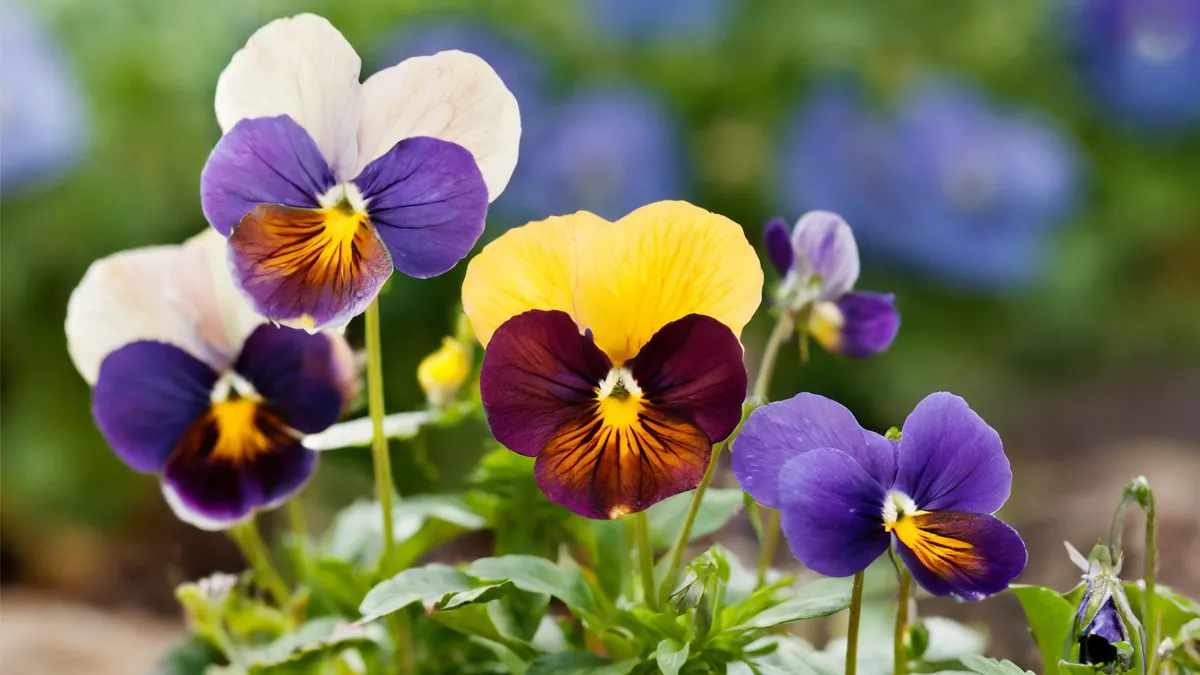This post may contain affiliate links. When you purchase through links on my site, I may earn a commission at no cost to you. See my Privacy Policy for details.
Starting seeds in winter might seem tricky, but winter sowing makes it surprisingly simple. By planting seeds outdoors in cold months, gardeners can jumpstart their growing season while letting nature help with the process. If you’re new to gardening or a seasoned pro, this approach saves time and space while giving your plants a healthy, early start. Curious about other hardy plants for cold weather? Check out 8 Snow-Resilient Flower Varieties for more inspiration.
Understanding Winter Sowing
Winter sowing is a gardening method that might sound unconventional, but it’s a simple, effective way to start seeds outdoors during the cold months. By harnessing the natural environment, gardeners can grow hardy plants with minimal effort. Let’s break it down into key aspects to help you get started.
What is Winter Sowing?
Winter sowing involves planting seeds in mini-greenhouses made from repurposed containers like milk jugs, plastic bins, or soda bottles. These containers are placed outdoors during the winter months, allowing seeds to undergo natural cold stratification, a process essential for many plant species to germinate. As temperatures rise and spring approaches, the seeds begin to sprout at just the right time.
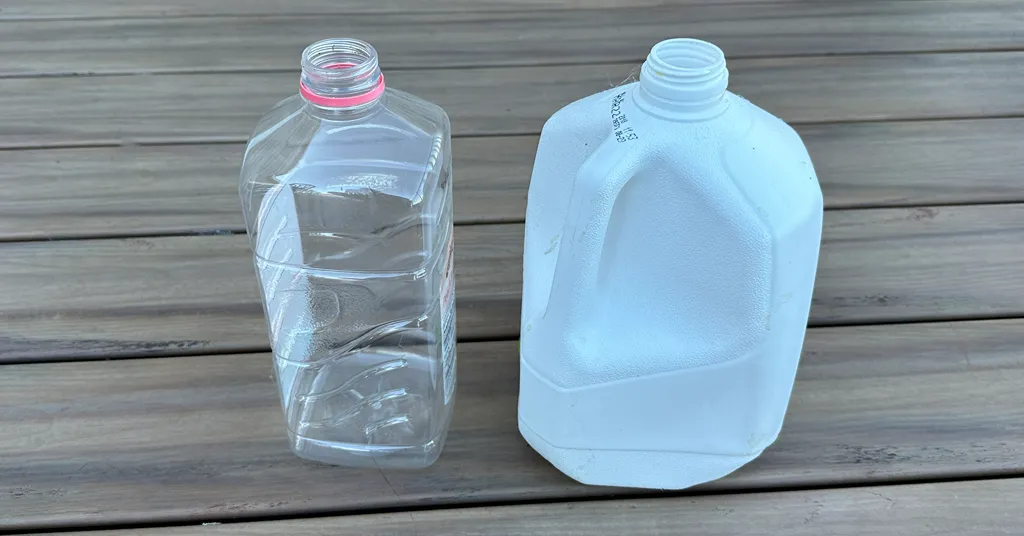
This method skips indoor grow lights and constant tending. It’s about putting your trust in nature to do some of the work. Think of it as a hands-off way to start your garden while you focus on other projects.
Benefits of Winter Sowing
Why should you consider winter sowing over starting seeds indoors? It has plenty of advantages that make it appealing to gardeners of all levels:
- Natural Hardening Off: Plants grown through winter sowing are already acclimated to outdoor conditions. There’s no need to transition them slowly, as you’d have to do with seedlings grown indoors.
- Space Saving: Skip the clutter of seed trays and grow lights taking over your home.
- Extended Growing Season: Completing part of the planting process in winter means your seeds are ready to grow as soon as the weather warms up.
- Low Maintenance: No daily watering or constant monitoring indoors. Snow and rain often provide enough moisture to keep your seeds hydrated.
- Eco-Friendly and Budget-Friendly: Upcycle containers you already have, saving money and reducing waste.
Essential Supplies for Winter Sowing
Getting started with winter sowing doesn’t require a trip to the garden center if you’ve got some basic supplies at home. Here’s what you’ll need:
- Durable Containers: Milk jugs, translucent storage bins, or even large takeout containers work well.
- Potting Soil: Use high-quality, well-draining soil designed for seeds.
- Seeds: Choose seeds that require or can tolerate cold stratification (e.g., perennial flowers, herbs, hardy vegetables).
- Labels: Use waterproof markers or weatherproof tags to label your containers.
- Tape and Scissors: For securing and modifying your containers. You’ll need to cut openings for ventilation and drainage.
Once you have these supplies, you’re ready to start winter sowing. Plus, if you’re already thinking about adding cool-weather crops, check out Cool-Season Crops to Plant in August for advice on frost-friendly plants.
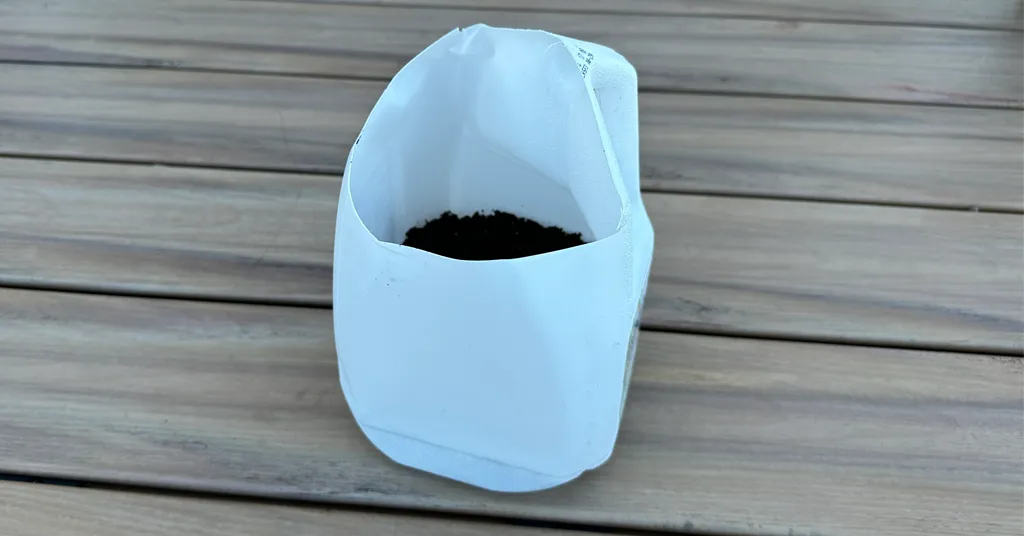
Winter sowing is all about making the most of cold months while reducing indoor gardening stress. It’s effective, affordable, and perfect for anyone looking to expand their growing season without overcomplicating things.
Best Seeds for Winter Sowing
Winter sowing offers gardeners a unique chance to jumpstart their growing season by planting seeds during the colder months. By selecting plants that thrive in these conditions, you ensure strong, vigorous growth as the weather warms. Let’s look at the best seeds for winter sowing across multiple categories, helping you make informed choices for your garden.
Cool-Season Vegetables
Winter sowing is perfect for cold-hardy vegetables that thrive in cool environments. These veggies germinate in lower temperatures, making them ideal candidates for this technique.
- Spinach: A nutrient-dense leafy green that withstands frost exceptionally well. Once temperatures rise, it’ll take off quickly.
- Kale: Known for its cold tolerance, kale often tastes sweeter after exposure to frost.
- Carrots: These root vegetables germinate reliably in chilly weather and develop rich flavors as the season progresses.
- Swiss Chard: Though not as hardy as spinach, its seedlings hold up well in cooler conditions.
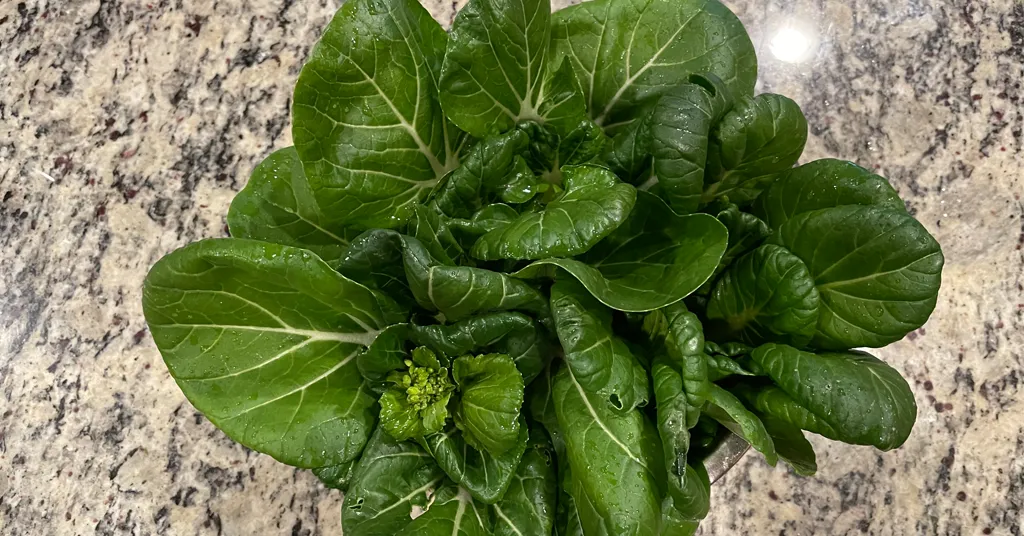
Perennials for Winter Sowing
If you love flowers that come back year after year, perennials are a great choice for your winter sowing projects. Many perennial seeds benefit from cold stratification, which mimics their natural germination cycle.
- Coneflowers: These vibrant flowers are drought-tolerant and attract pollinators.
- Black-Eyed Susans: Easy to grow and incredibly resilient, these sunny blooms bring life to any garden.
- Lupines: Offering a striking mix of colors, lupines thrive when sown during winter.
- Columbines: Their seeds germinate beautifully after a period of chilling.
Winter sowing perennials not only saves time but ensures your garden bursts with life each spring.
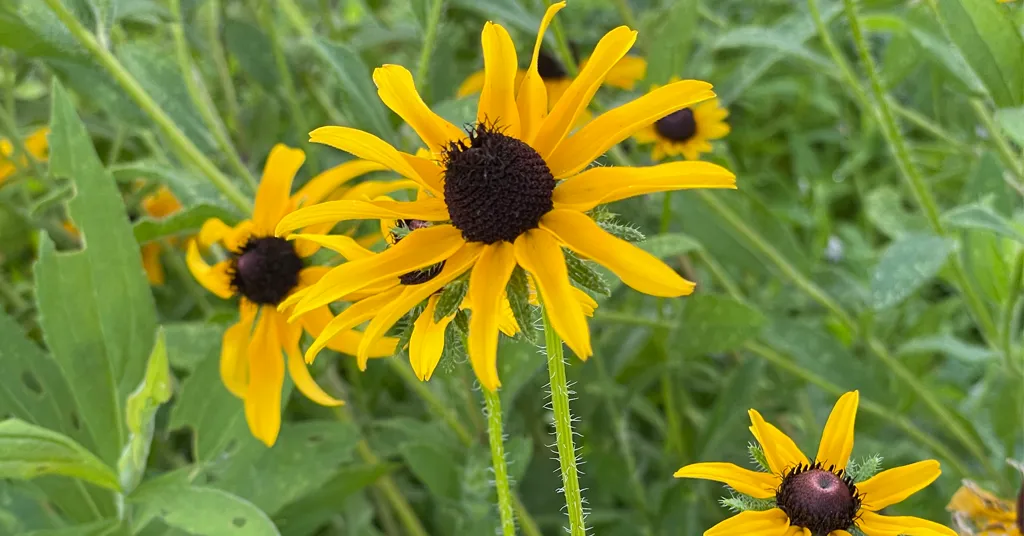
Herbs Suitable for Winter Sowing
Many herbs can handle the winter sowing process, allowing you to enjoy fresh flavors as soon as the growing season kicks in. These herbs are resilient and perfect for any culinary garden.
- Chives: A hardy herb whose seeds sprout reliably when exposed to colder weather.
- Parsley: Known to thrive in chilly conditions, parsley grows well from winter-sown seeds.
- Thyme: This low-maintenance herb handles both sowing and growing conditions with ease.
- Dill: Quick to germinate once temperatures rise, dill is ideal for gardeners who love fresh flavors in their cooking.
For tips on getting the most from your seeds, explore The Ultimate Guide to Deciphering Seed Packets.
Flowers that Flourish in Winter Sowing
Boost your garden’s aesthetic appeal by including striking flowers that thrive when winter-sown. Many flowering plants are cold-tolerant, making them well-suited for this approach.
- Pansies: These cheery flowers endure frost and bloom early in the spring.
- Snowdrops: As their name implies, snowdrops embrace winter conditions and perform beautifully.
- Sweet Alyssum: Known for its fragrant blooms, this flower is a great addition to winter sowing projects.
- Hollyhocks: Perfect for adding height to your garden, they germinate well in cooler soil.
Planting flowers during the winter not only extends your growing season but fills your garden with an early burst of color.
Seeds to Avoid for Winter Sowing
Not all seeds are good candidates for winter sowing. Some plants require more controlled environments to thrive, so it’s best to steer clear of these.
- Tender Annuals: Plants like tomatoes and peppers need warmth to germinate and grow.
- Frost-Sensitive Herbs: Basil and cilantro typically struggle in colder conditions.
- Heat-Loving Flowers: Marigolds and zinnias won’t perform well when started in winter.
- Tropical Plants: Seeds of tropical origin demand consistent warmth and humidity for germination.
For more insights on growing specific plants, take a look at Transplanting vs. Direct Seeding, which explores planting methods tailored to different plant types.
By focusing on winter-sowing-friendly seeds, you’ll enjoy healthy and robust plants while simplifying your gardening routine.
Tips for Successful Winter Sowing
Starting seeds during the winter might feel like you’re breaking the “gardening rules,” but it’s incredibly effective when done correctly. Winter sowing is about letting the cold season work for you. Here are some practical tips to help you make the most of this method.
Choosing the Right Containers
The right container will set the stage for a successful winter sowing experience. Think of them as mini-greenhouses that protect your seeds while allowing the elements to do their job.
- Repurpose Household Items: Sturdy plastic containers like milk jugs, soda bottles, and takeout containers work perfectly. Clear or translucent materials let light in and mimic greenhouse conditions.
- Ensure Ventilation: Cut holes for air circulation and drainage. Without them, your seeds might drown or mold.
- Compact Size: Pick containers that are easy to move but big enough to hold a good layer of soil and allow seedling growth.
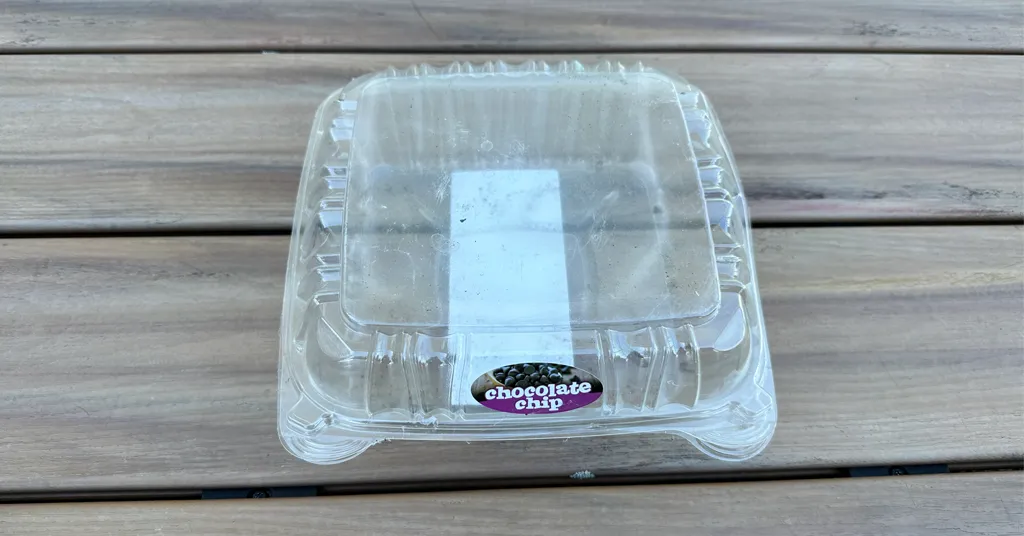
Timing Your Sowing
When it comes to winter sowing, timing is everything. Sow too early, and your seeds might germinate prematurely. Sow too late, and you’ll miss that vital cold stratification period.
- Use the Cold as a Guide: Start sowing after your area’s first hard frost and before the soil gets too warm late in winter.
- Know Your Seeds: Some seeds require weeks of chilling (cold stratification). Look for hardy perennials, herbs, and cool-season veggies.
- Spread It Out: If you’re unsure, stagger your planting to see what works best for your climate.
Planning ahead ensures your seeds wake up naturally as temperatures climb, giving you robust plants in spring.
Watering and Maintenance
Even in winter, your seeds will need some attention. Luckily, this method is mostly self-sufficient, but a little monitoring goes a long way.
- Let Nature Help: Snow and rain often provide enough moisture. Check for dryness weekly, especially during thaw periods.
- Avoid Overwatering: Damp soil is ideal, not soggy. Too much water can lead to rotting or drowning your seeds.
- Keep an Eye on Weather: Use lids or vent covers to protect containers from extreme rainfall while still ensuring airflow.
Winter sowing isn’t just about planting—it’s about trusting the process and making small adjustments as needed. By choosing the right containers, planting at the right time, and providing proper care, you’ll set yourself up for a lush and thriving garden.
Common Mistakes to Avoid
When it comes to winter sowing, even seasoned gardeners can run into trouble. Success hinges on understanding potential pitfalls and learning how to sidestep them. Let’s go over some common mistakes and how you can avoid them.
Overwatering Issues
Overwatering is one of the quickest ways to ruin your winter sowing efforts. Too much water leads to soggy soil, which can suffocate seeds, promote mold, and encourage rot. It’s a sure way to turn your hard work into frustration.
To avoid this, ensure your containers have proper drainage holes. This allows excess water from rain or melting snow to escape. Additionally, keep an eye on moisture levels. While you want damp soil, it shouldn’t be waterlogged. Checking your containers once a week during thaw periods can make a big difference.
Looking to sharpen your seed-starting skills even more? You may find 6 Must-Have Supplies for Starting Seeds Indoors helpful for better practices, even if starting indoors isn’t your primary focus.
Choosing the Wrong Seeds
Not all seeds are created equal when it comes to winter sowing. Opting for the wrong types—like those requiring consistently warm soil—can set you up for failure. Seeds that thrive in winter sowing are usually cold-hardy vegetables, perennials, or herbs that benefit from natural cold stratification.
Before planting, check whether your chosen seeds are suitable for winter sowing. Look for key phrases on seed packets like “cold stratification required” or “hardy.” Steer clear of warm-weather crops like tomatoes, peppers, or basil, as they’ll struggle in these conditions. Selecting the right seeds ensures your time and effort pay off with healthy seedlings come spring.
Are you curious about how to improve germination and seed selection overall? You might enjoy checking out The Ultimate Guide to Deciphering Seed Packets.
Ignoring Weather Conditions
Weather plays a key role in successful winter sowing. Ignoring shifts in temperature or precipitation can inadvertently harm your seeds. For example, an unexpected warming spell might cause premature germination, while heavy rainfall without proper drainage can waterlog the soil.
To prevent mishaps, monitor your local weather regularly and make adjustments as needed. During extreme rain, covering your containers temporarily can protect them. If you’re dealing with prolonged warmth, ensure your containers are in a shaded area to prevent seeds from sprouting too early.
Managing weather variables may take some effort, but it’s essential for keeping your seeds on track. For a deeper dive into protecting plants under different conditions, explore How to Protect Plants from Summer Heat—the principles often translate to handling other seasonal challenges.
By keeping tabs on these common mistakes, your winter sowing results will improve and set your garden up for success.
Winter sowing is a practical and exciting gardening method that allows even the busiest gardeners to get a head start on the growing season. By choosing seeds best suited for cold conditions and using a few simple materials, you can create mini-greenhouses that work with nature. The process not only saves time but also ensures strong, healthy plants by spring.

